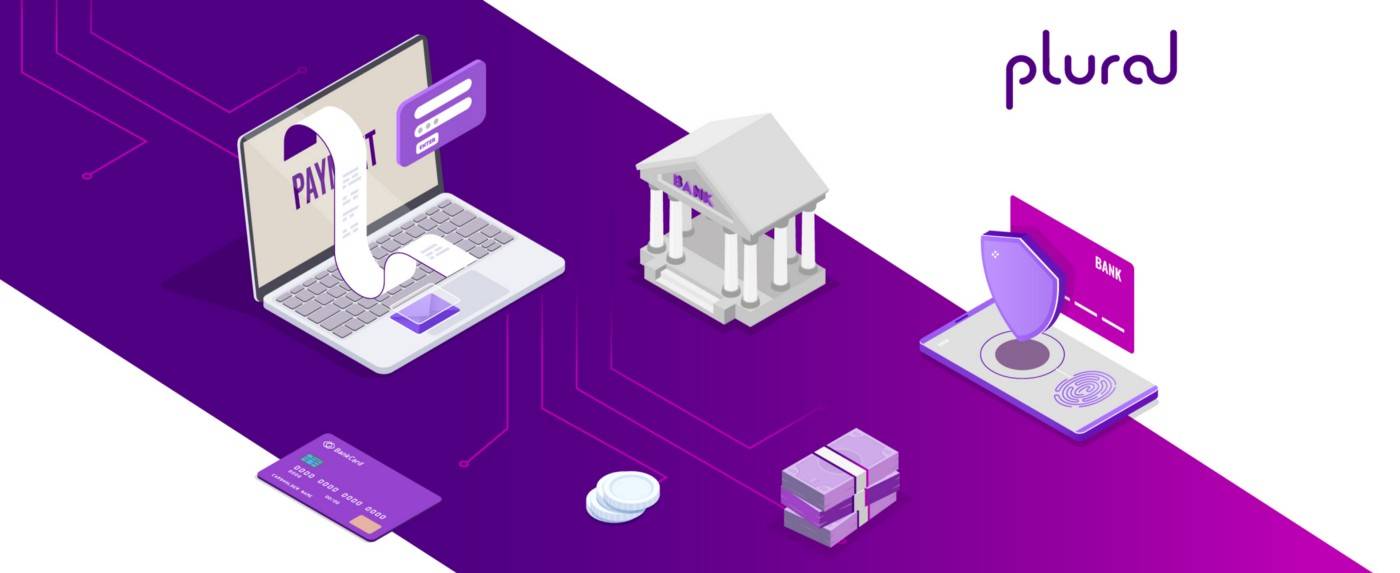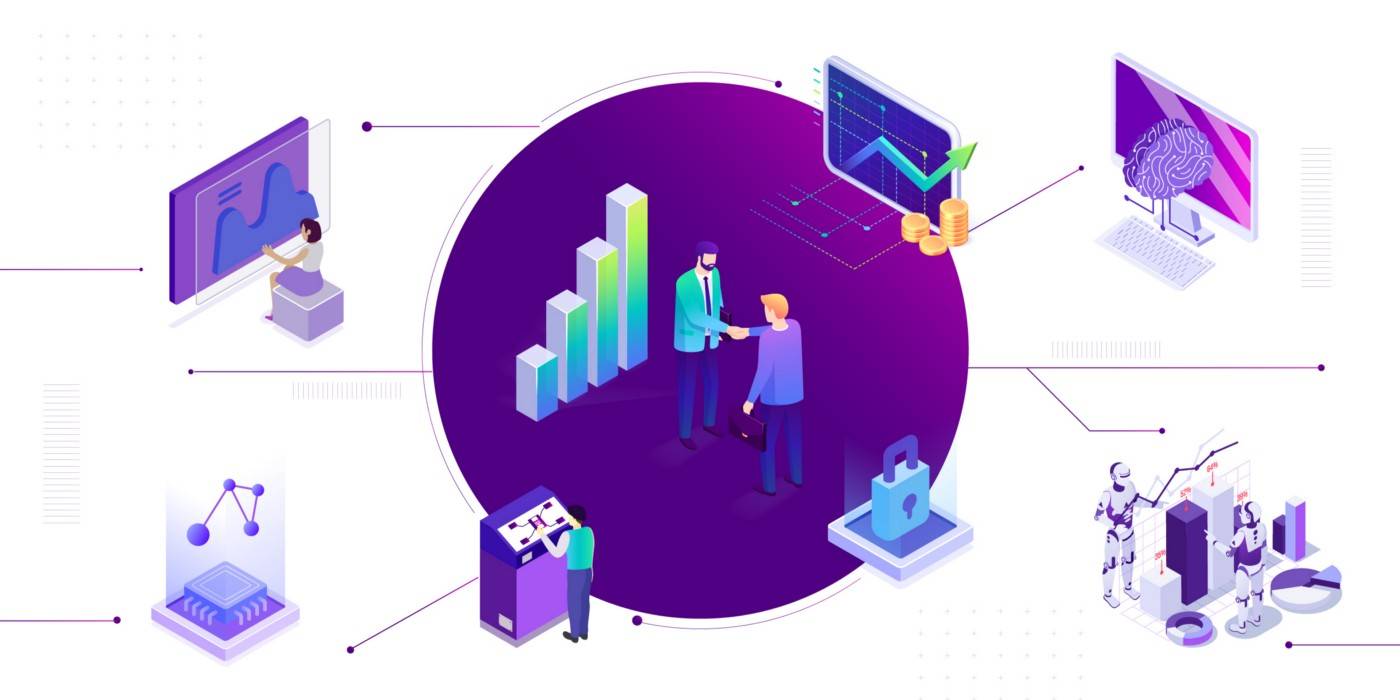Introduction
The digital revolution has completely transformed the world of retail. In fact, India’s eCommerce market is forecasted to be valued at a whopping INR 900,000 Cr by 2026, according to a report published by Redseer Strategy Consultants.
Fintech is leading the bandwagon in churning out safe and secure digital technologies for facilitating eCommerce. Additionally, artificial intelligence and machine learning in retail payments technologies have made the checkout process extremely personalised for users.
It is no wonder that digital payments comprise about 78% of all payments in online retail. As the digital payments revolution continues to shape the retail landscape, it is evident that the role of payments in the future of retail goes far beyond transactions. Let’s learn how.
5 leading trends in retail payments platforms
There are five key trends that have a significant impact on how payment technologies evolve.
1) Banks and fintech confluence
Fintech companies constantly innovate to explore novel avenues of collaboration with banking institutions. This helps create new financial advantages (like BNPL / SNPL) that the end-user can conveniently leverage for their own benefit – like completing a sale on an eCommerce platform.
Furthermore, such a confluence helps create a single module or interface for merchants to do business with customers directly or with other businesses.
2) Access to working capital
Several new technologies have emerged in the retail financing niche that allows eCommerce businesses to efficiently arrange for working capital at a moment’s notice. Technology, in combination with a growing community of online retailers, has made it possible for eCommerce businesses to apply for no-collateral loans right from the POS.
Business loans are the major drivers of growth for digital retail – and this technology has the potential to transform this sector for the better.
3) Technology democratisation
With the emergence of several open-source fintech projects and modules, it has become possible for online retailers to devise their own customised payment solutions. The availability of several plug-and-play components helps retailers expand the functionality of their payment mechanisms. It helps them deliver exceptional customer journeys and expedited payments.
Several app developer communities have also emerged that have helped democratise efficient payment tech stacks for use by retailers across the globe. With simple APIs, eCommerce companies can provide efficient payment solutions to customers.
4) All-in-one POS in retail payments
The all-in-one POS mechanism is one major trend that has helped boost the acceptance of digital payments. Customers can now experience a simplified payment process at the point of sale while gaining information about various bank offers, EMI options, etc.
This has helped eliminate countless steps in calculating the final payable after offers, discounts, coupons, EMIs, BNPLs, etc. By reducing the time it takes to pay, more sales can be closed successfully.
5) Gen Z and digital payments
If an eCommerce business hopes to succeed, it has to find a way to rope in the Generation Z and millennial demographic. This population is actively adopting – almost seeking – ways to pay for their purchases digitally. About 65% of the Gen Z customer base is inclined to drop out of a purchase if they don’t find their preferred payment method available.
This demography is tech-savvy and repeatedly engages with retail businesses that offer them the digital payment channels of their preference. Retail businesses can consider incorporating a variety of payment methods and channels to cater to this demographic.
Opportunities to explore
Even with revolutionary advancements in payment technologies, it is essential to keep exploring opportunities to improve customer experiences. For example, UPI helped usher in a new era of digital payments in India. Businesses, in collaboration with FinTech companies, can explore these aspects of the retail universe to launch novel payment products:
Understanding payment preferences
Did you know that you could lose about 80% of your millennial customers to cart abandonment if they don’t get to pay through their preferred methods?
By understanding the payment preferences of their target demographic, businesses can custom-tailor payment products that resonate with customer needs. For example, Gen Z today is emerging to be a demography with high disposable income with low debt – a demographic that is also tech-savvy. Payment mechanisms tailored to their preferences would help close more deals faster.
Contactless payments
Contactless payments have been largely adopted in the country as QR-code-based UPIs, especially where physical purchases are concerned. There is further opportunity to explore the niche using touch-and-go technologies (like NFC) that are secured by robust payment gateways and require no input from the user.
Such technologies can potentially eliminate the payment verification effort on the customer’s part. Instead, they can establish direct communication between POS and handheld devices (like mobile phones and smart watches).
Mobile wallets and in-store
Mobile wallets allow for an extremely convenient way for users to manage their finances using their devices. Expanded functionality involves setting up automated recurring payments.
For the retail sector, mobile wallets have the potential to enable extremely personalised shopping experiences in-store for the user. Through memberships or user accounts, wallets can be used to auto-apply offers and deals exclusively available to users.
Cryptocurrencies
Although cryptocurrencies are navigating an era of scepticism, they have great potential. Potential to transform how eCommerce businesses work on the backend. Cryptocurrencies can eliminate chargeback risks and reduce transaction costs for retailers. This enables them to realise cost savings that were not possible with traditional systems before.
Buttressing security with digital payments solutions
The only way forward with digital payment technologies is to ensure that the entire process complies with security standards and regulations prescribed by law. It is a two-way street:
- Customers need to know their transactions are secured.
- Businesses must ensure customer data is stored and used only according to the law.
AI and personalisation in payments
Artificial intelligence and machine learning are the next steps in technology – especially in the retail sector. It is important to understand how users pay for their purchases, the pattern and preferences, the situational exceptions, etc. This data can be modelled into usable insights that allow eCommerce businesses to finetune their payment offerings.
To summarise
The payment technologies and methods retailers use should be in step with the technologies customers use to interact with. Whether mobile phones, laptops, or tablets, the payment gateways should offer customers a seamless, contextual payment experience.
For retail businesses looking to get online, a robust payment gateway with multiple payment options is a must. Our payment gateway provides all this and more! Contact us to get started.

Amrita Konaiagari is a Marketing Manager at Plural by Pine Labs and Editor of the Plural blog. She has over 10 years of marketing experience across Media & Tech industries and holds a Master’s degree in Communication and Journalism. She has a passion for home décor and is most definitely a dog person.




